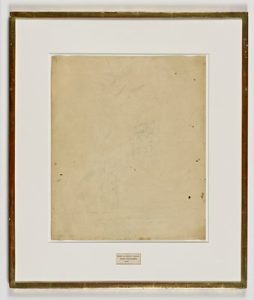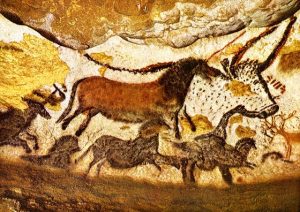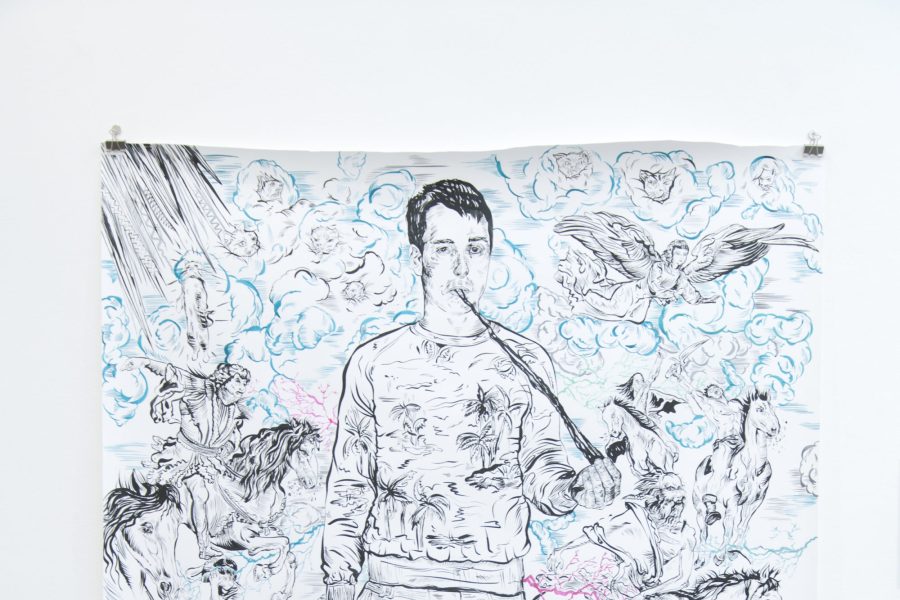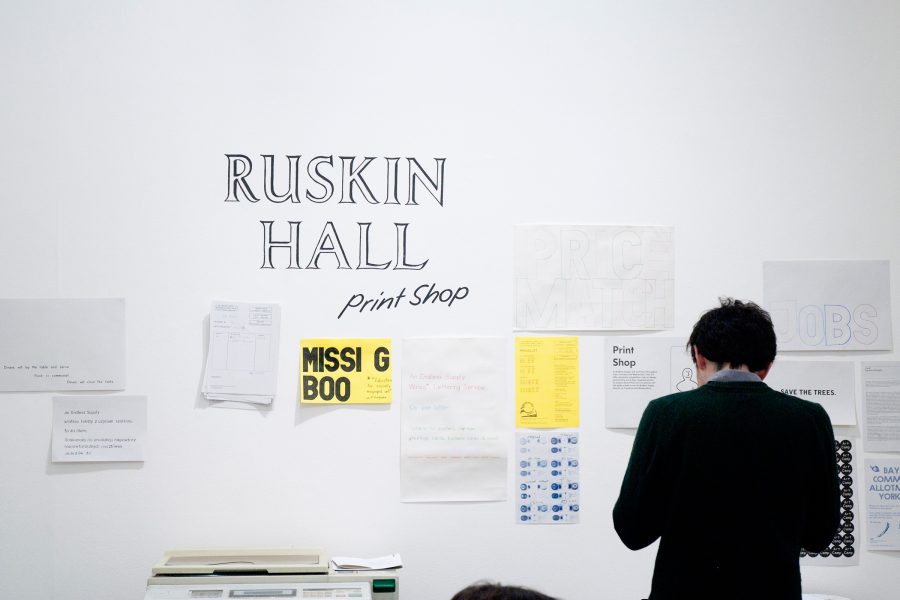I’m drawing a blank! No, really. How do you talk about drawing without resorting to tired cliches? When I was a child I used to draw all the time; war scenes, cars, airplanes, and footballers, you can imagine. Classic suburban boy stuff. We draw on what we know and what surrounds us. Art should, I think, attempt to break us out of these habits. I’ve been thinking a lot about how we talk and write on art without resorting to the same habit forming routines. Take the terms; clarity, seduction, immediacy, confidence, modesty, and slightness. Now lets replace each word on this list with its antonym; dissonant, oblique, ugly, and indeterminate etc.
The first list of words were used by the judges to describe why they shortlisted certain works over others for the Jerwood Drawing Prize. You could also easily apply the second list of words to describe a great work of art too – can a work of art be both seductive and repellent? When is something too modest? When does confidence become cockiness? What do words actually tell us about the art that we are looking at? It’s certainly an unenviable task editing over three thousand works down to under hundred but we can see the difficulty in trying to translate intuition into words; what makes something better than something else? Beauty is in the eye of the beholder after all. One of the judges Michael Craig-Martin noted that you can never generalise about art, you can never say that a drawing is this or a painting is that – as soon as you start to define things you’ll find something that contradicts the rule.

Richard Serra noted in the Seventies that there was a generation of artists such as Sol Le Witt, Robert Morris et al who turned drawing from a noun into a verb. They started to see drawing as a methodology (verb) rather than an object (noun). If we look at art as a verb, we can look to performance, sculpture, and video as a type of drawing. Verb artists tend to ‘do’ drawing as a process, and noun artists see drawing as a product, where the former advocates chance, and intuition; the later is perhaps more prescriptive and controlled. If drawing is an approach rather than an object, we can draw on (no pun intended!) the various idioms that utilize ‘drawing’ as a verb; ‘to draw straws’, ‘drawing a blank’, or ‘I draw the line at this’. So then, drawing is a slippery term, full of indeterminacy and indecision.
Richard Long walking over the same patch of grass so that a flattened line can be discerned and documented, a biker mapping their journey through a city with GPS, a curator drawing links between areas of knowledge and objects – drawing suggests a type of journey. Whether you travel by foot, on pen, with paper, or in a car, each journey leaves a different type of trace; foot prints, graphite marks, carbon omissions and tyre marks. We’re all drawing in some way, it’s just that some journeys leave different traces in the world. Of course, this reductive model (verb and noun artist) contradicts Craig-Martin’s assertion that you should never apply rules to art works. Art is something until an artist tells us it is something else.

Can a negation be a type of affirmation? Is it possible to draw backwards? When Robert Rauschenberg invited De Kooning to make a drawing and then subsequently erase it – what kind of gesture was he enacting? You could say that Rauschenberg is making his mark in the world by removing someone else’s mark. He is replacing graphite marks for column inches, actual lines for symbolic ones. This work recalls an anecdote someone told me the other day about the oldest known drawings in the world – the Lascoux caves in the south of France. These drawings of animals are thought to be 17,300 years old and lay undisturbed until an 18 year old boy stumbled across them in 1940. Since their discovery thousands of people have made pilgrimages to the cave; scientists, art historians, and tourists. The countless people traipsing through have disturbed previously dormant germs in the ground. Add these germs to an uncontrollable level of carbon dioxide generated through the breathing of daily visitors and it has created a perfect breeding ground for mould to appear. This mould now threatens the drawings, slowly spreading the across the surface of the cave. Scientists are battling to slow down and eradicate the mould, yet one could say that they are only delaying the inevitable.

We can see the mould as anther type of drawing, created naturally, yet one catalyzed by human intervention. This anecdote suggests a complex ecology layering different traces; long and short term, verb and noun. It shows us that every move we make has consequences and leaves some form of trace. A mark on a piece of paper is more permanent than a plume of smoke, yet the later may have longer lasting consequences. This text, with its digressions and anecdotes offers a way of thinking through a few examples of what drawing is today. I came across an article the other day about someone who had attempted to weigh the grease (formed by finger marks) found on an Iphone screen. We are always leaving parts of our own body behind. In disparate ways each artist in the Jerwood Drawing Prize is thinking about what kind of mark they want to leave behind – whether that is with a biro, astroturf, steel, or perhaps even a pencil. Until next time…

